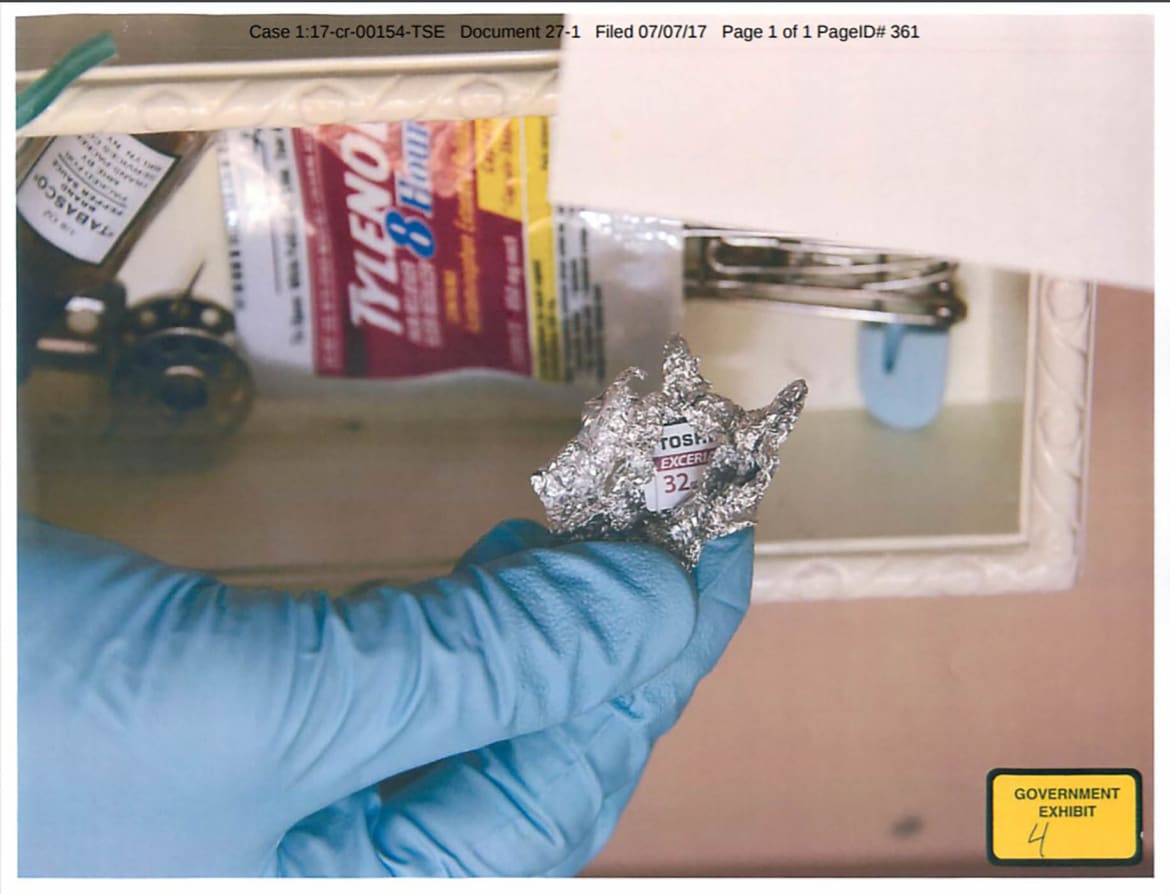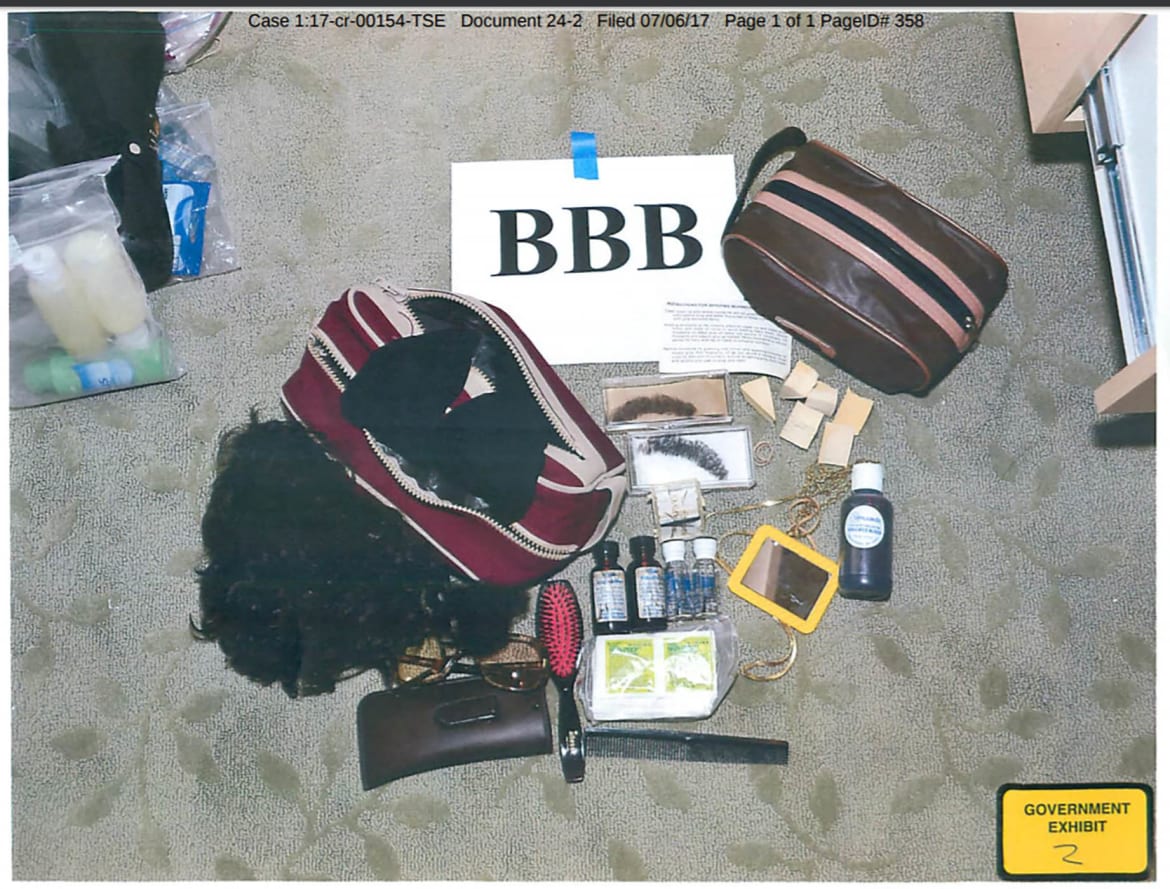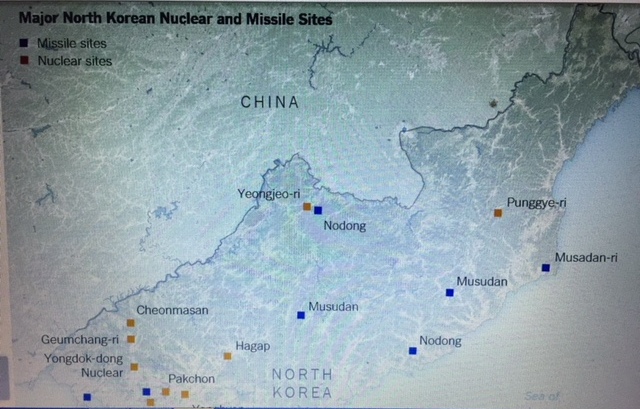One has to wonder why Obama, Hillary or John Kerry did not work for their release.
In 2015, the Obama administration issued a warning to China to call off security agents working in the United States as part of Operation Fox Hunt. The agents were pressuring expatriate Chinese, including some wanted on corruption charges.
According to the state-run Xinhua news agency, Operation Fox Hunt has nabbed 2,566 fugitives who fled overseas in 90 countries to avoid Chinese authorities.
A total of 1,283 were convinced to return or turned themselves in, including 410 Communist Party members or official staff.
A hunt for China’s 100 most-wanted fugitives has resulted in the return of 39 people under a program called Sky Net.
China asked Obama more than once to return key Chinese located in the United States to China. In most cases, Obama said no. Meanwhile, China is holding Americans and it seems their release continues to be the subject of discussions.
Related reading: Operation Fox Hunt: China Arrests 288 Financial Fugitives Abroad As Part Of Anti-Corruption Campaign
The Daily Beast reports:
In its ongoing campaign to extend its reach beyond its borders, the Chinese government has found a new form of leverage: American citizens in China.
Last year, Beijing prevented several U.S. citizens from leaving China, including a pregnant woman, according to email correspondence obtained by The Daily Beast. The total number of so-called exit bans placed on U.S. citizens in China is unknown, but at least two dozen cases have occurred within the past two years, according to one analyst’s estimate.
Chinese authorities typically target U.S. citizens of Chinese heritage for exit bans, usually in connection with an investigation. Sometimes, Beijing uses American citizens to try to coerce family members residing in the United States to return to China or to cooperate with Chinese authorities in investigations.
Chinese President Xi Jinping has championed a sweeping anti-corruption campaign with an international element, known as “Operation Fox Hunt,” aimed at pursuing Chinese citizens who have fled abroad after allegedly committing economic crimes. The United States does not have an extradition treaty with China and in the past has rarely cooperated with Chinese demands to repatriate Chinese citizens whom Beijing considers to be fugitives. Beijing has previously deployed undercover agents to the United States to coerce targets into returning to China, violating U.S. visa laws and prompting U.S. government indignation.
Now the People’s Republic seems to have found another lever of pressure. If one of Beijing’s targets living in the United States has relatives in China, Chinese authorities aren’t shy about applying pressure to those relatives, even if they are U.S. citizens. Exit bans are a “pretty new tool in the Chinese toolbox” for exerting such pressure, said John Kamm, founder of the U.S. nonprofit Dui Hua Foundation, which works on sensitive human rights cases in China.
“That individual might be treated as a material witness,” said Kamm. “Or that individual might be in effect being held as a hostage in an effort to get the people back.”
The Trump administration has pushed back quietly but firmly against exit bans. For example, in the lead-up to the first U.S.-China Law Enforcement and Cybersecurity Dialogue, held in Washington, D.C., in October 2017, Attorney General Jeff Sessions pushed for China to allow the free travel of three U.S. citizens who had been prevented from leaving China, including a pregnant woman, according to emails reviewed by The Daily Beast.
“Both sides will continue to cooperate to prevent each country from becoming a safe haven for fugitives and will identify viable fugitive cases for cooperation,” reads the U.S.-China joint statement released on Oct. 6, after the dialogue concluded. “Both sides commit to take actions involving fugitives only on the basis of respect for each other’s sovereignty and laws.”
It’s a delicate balancing act for an administration that also wishes to deport Chinese citizens who are in the United States illegally. In the past, China has often refused to accept deportations, leaving the United States with a large number of Chinese asylum seekers with final deportation orders. In 2015, Beijing’s refusal to accept deportees began to coincide with its push to repatriate fugitives it claimed were guilty of corruption. The Obama administration signed a memorandum of understanding with China to help expedite the deportation process, but remained reluctant to agree to Chinese demands to extradite fugitives.
Human rights groups have warned that fugitives may face torture or death back in China, also expressing concerns that Beijing might use trumped-up corruption charges to get their hands on troublesome political dissidents abroad.
The Department of Justice did not respond to emailed questions. The National Security Council did not respond to a request for comment.
The State Department declined to comment regarding the fate of those three U.S. citizens, citing privacy concerns, but a State Department spokesperson said that the U.S. government had not agreed to repatriate any Chinese citizen due to pressure from exit bans. More here.


 In 2016, Women Vote raised almost $38 million and spent just over that. In 2018, they are in the
In 2016, Women Vote raised almost $38 million and spent just over that. In 2018, they are in the 









